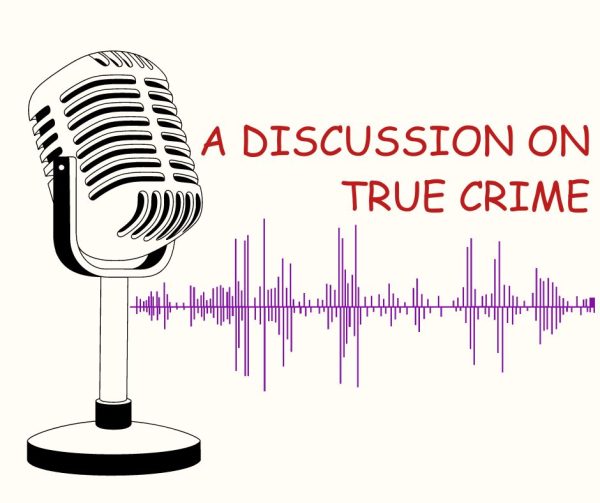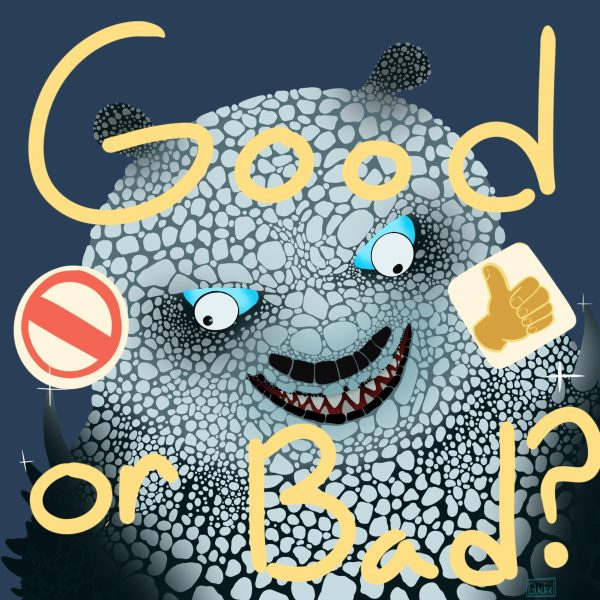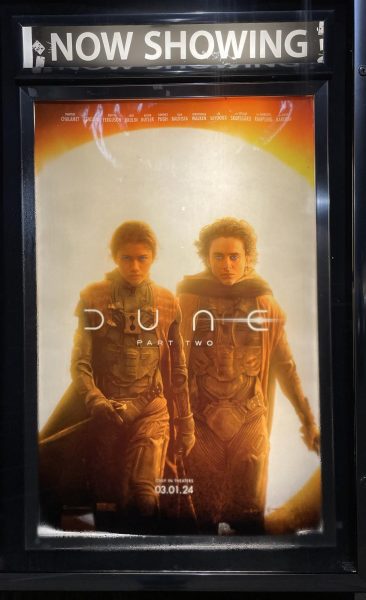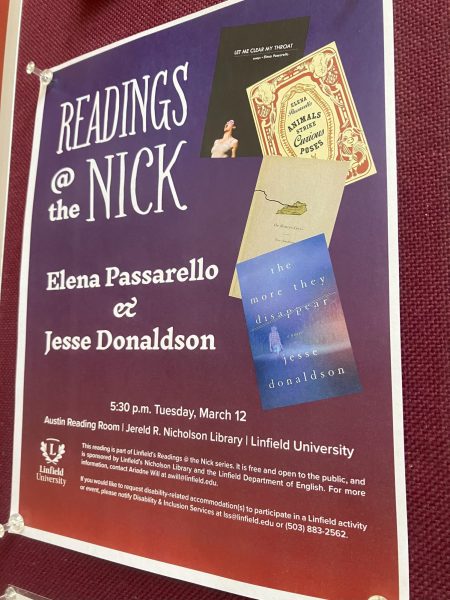Author draws on his real life to create good, fantastical novel
February 22, 2015
In 1988 Indian writer Salman Rushdie published a novel called “The Satanic Verses.” Shortly after its publication, Rushdie received the news that he had been sentenced to death and exiled from in India by Ayatollah Khomeini.
There was now a fatwa issued for Rushdie’s assassination and he was forced into hiding. Two years after the publication of his most controversial novel, Salman Rushdie emerged from hiding to publish a much different tale: “Haroun and the Sea of Stories.”
Originally written for Rushdie’s own son, the story unfolds a vivid parable of the experiences of a man silenced by the loss of love and an oppressive regime. The story draws explicit parallels to Rushdie’s life, as he illustrates for his son the confusion and hardship of his exile through the adventures of young Haroun.
Written in simple yet imaginative prose, the tale follows Haroun Khalifa, the son of a famous storyteller. In both real and magical lands Haroun’s father Rashid, commonly known as the Shaw of Blah, has the renowned gift of gab. He possesses a power, unknown to most, to tell the most thrilling stories to captivate audience all over India.
Recognizing the power in his storytelling, many leaders attempt to use the Shaw as tool for their own gains, having him speak to audiences to win their vote. Lost in the corruption around him and his personal turmoil, the Sea of Stories which fuels the Rashid’s power runs completely dry.
This is where Haroun’s real journey begins. Haroun must travel to a land full of genies, strange fish, and even a talking walrus, to discover what has caused his father to lose his ability to speak. In battles against light and dark, silence and speech, good and evil, Rushdie creates a fantastic experience for all audiences.
And yet, just beneath the surface of these adventures, waits a cautioning tale about the danger of oppression and the absence of free speech. Rushdie’s story holds relevance for many. Though cloaked in a children’s parable, Haroun’s journey through the Sea of Stories illuminates a struggle for all who are shrouded in silence and a struggle to believe in things beyond what the eye can see.
Much more than a story for children, this inventive fast paced tale is a worthy read. With the inclusion of immaculate word play, outrageous characters, and a hero’s journey similar to those in the Arabian Nights, this story will not disappoint and you too might learn “What’s the use in stories that aren’t even true?”
Abby Thomas can be reached at [email protected]










